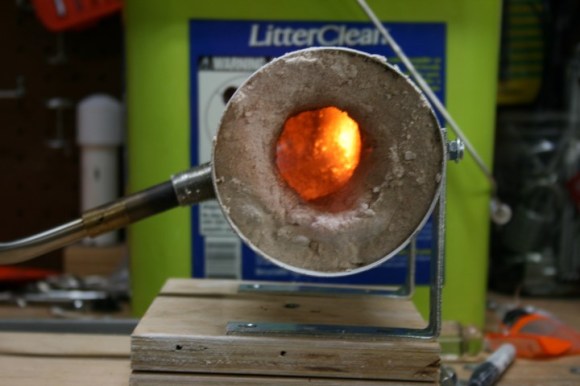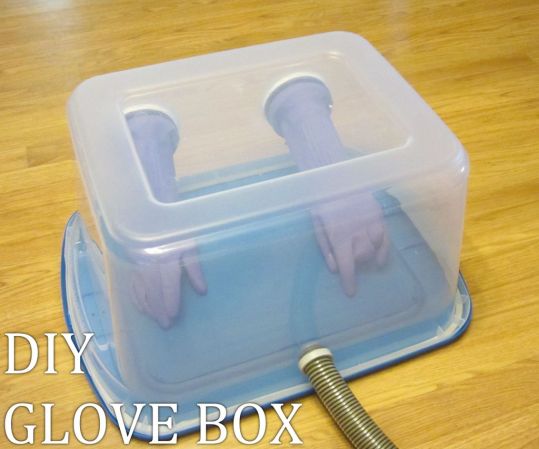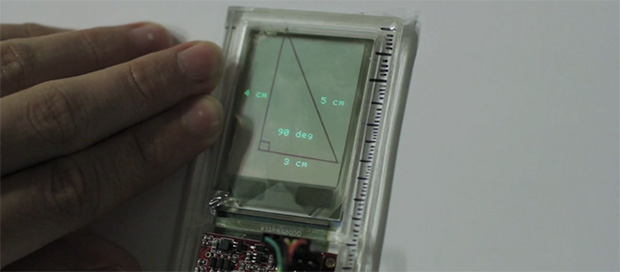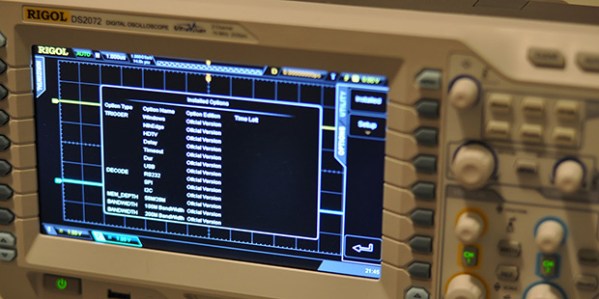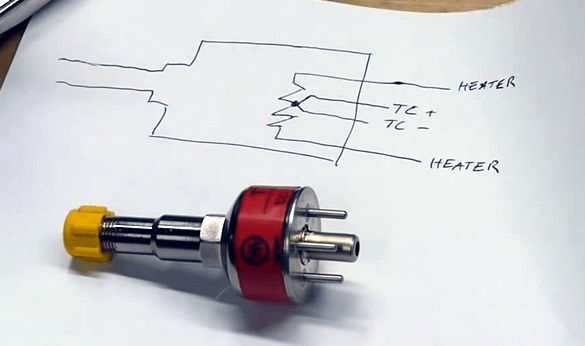The diamond engagement ring is arguably the most universally adopted of all jewelry. It’s artwork that even the most common men and women appreciate, and it’s creation calls for skills that go back centuries. [Jerome Kelty] crafts custom jewelry from platinum. Here’s an in-depth look at his process.
The first step of his Instructable post is so long you might be fooled into thinking it’s the whole post. He shows off the equipment that he used in taking this ring from design to reality — we thought the use of beeswax to pick up small stones is an interesting technique.
Click through the steps to see that he starts with a cad drawing. This model is sent offsite for casting and arrives back as an oversized blank which he then begins to clean up. A range of differend files bring it to its finished shape. He preps the areas where stones will be set. A trip to the buffing wheel gives it the shine it needs before the diamonds are put in place.
Regular Hackaday readers may recognize his name. When [Jerome] isn’t making jewelry he’s building animatronics, like Predator or Stargate replicas.
Continue reading “Tools And Talent For Custom Platinum Jewelry”




